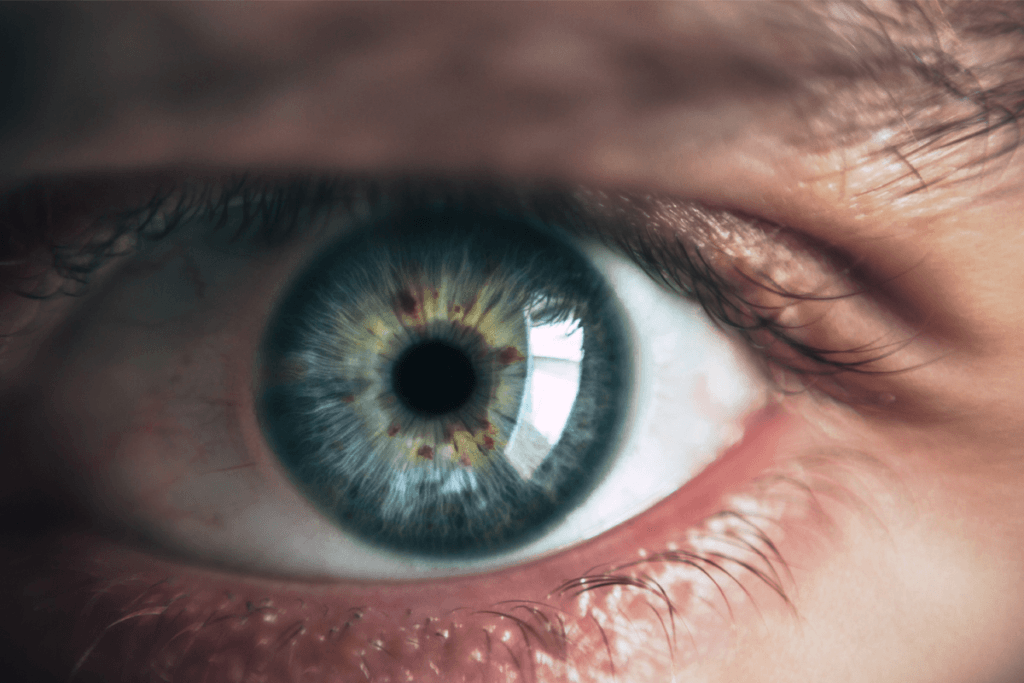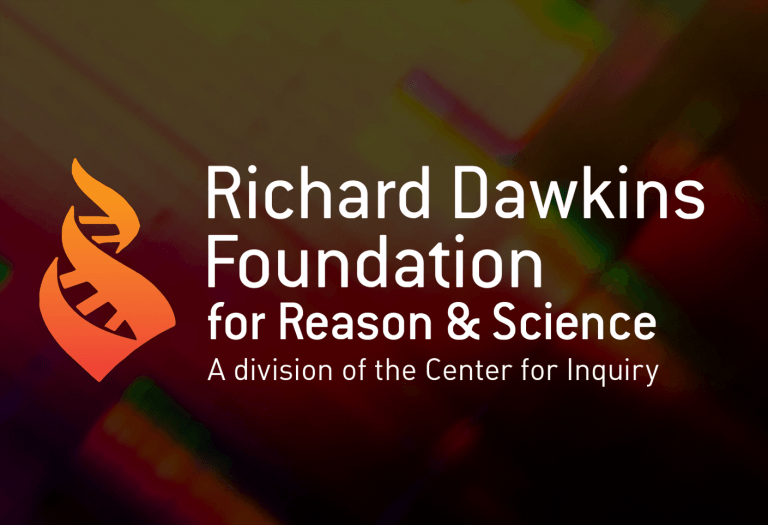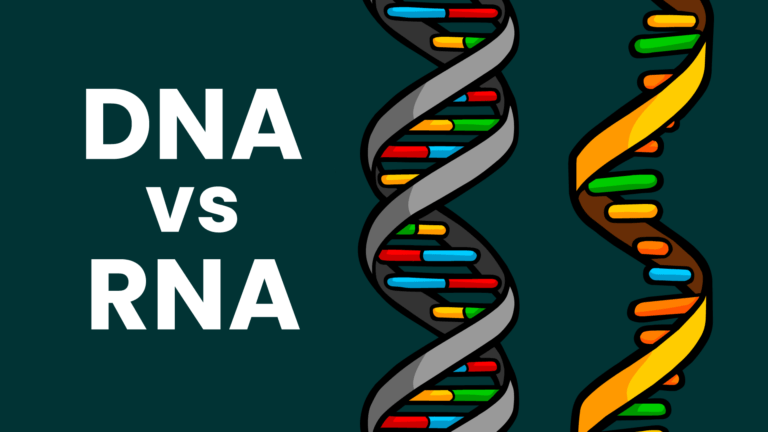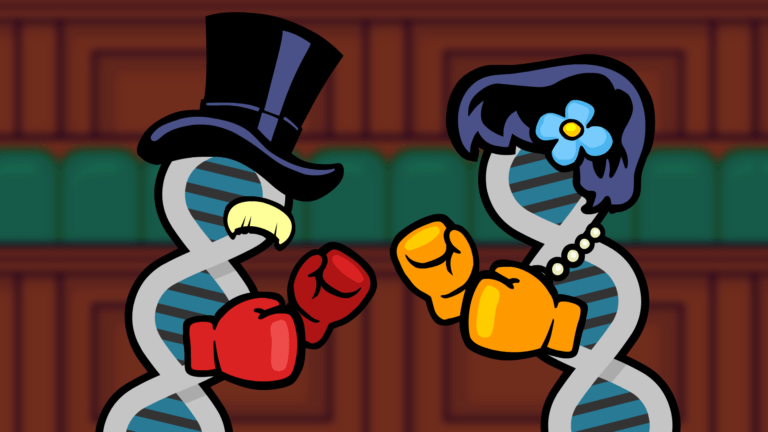A mutation rate is the number of mutations which occur on average per generation. Mutation rates are determined by comparing the DNA of offspring to parents, and counting up the differences.
Mutation rates differ from species to species and can be affected by the environment (more UV radiation for example can produce higher mutation rates), and by the age of the parents.
When a child is born they receive half a copy of their DNA from their father and half a copy from their mother. When those copies are made inside the parents’ bodies, errors or “mutations” can occur. So how many unique mutations does each human have in their genes?
A 2011 study in Nature Genetics examined the genomes of two human families and found that children in the study had an average of 42 unique mutations.
42 is the best average we can come up with for now but we know it does not accurately represent the entire human family. The sample size in the 2011 study was simply too small. As time goes on, genetic testing will become more affordable and we will see more experiments done which will give us a more accurate number.
If you want to learn more, check out the actual study: Variation in genome-wide mutation rates within and between human families
Until next time, stay curious!





